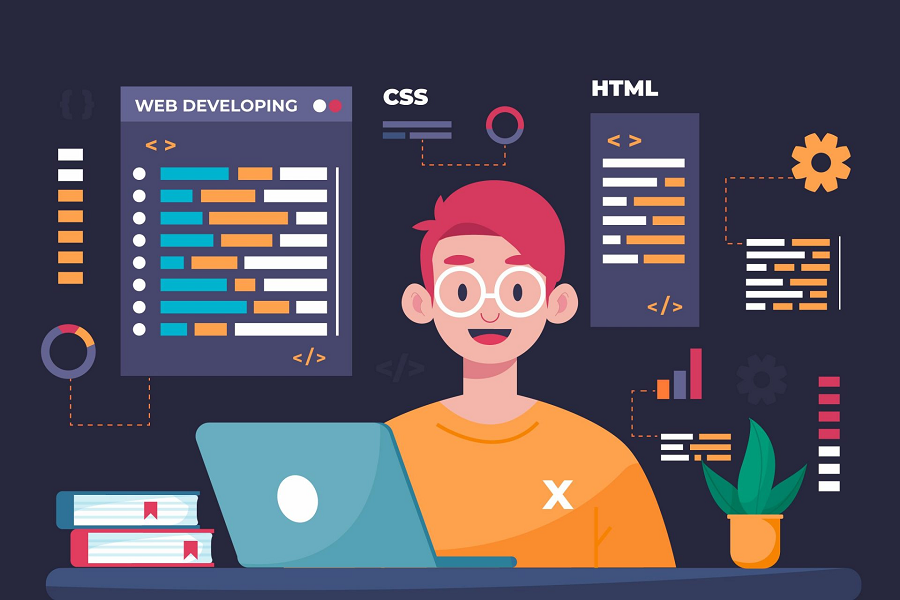Building a full stack application involves more than just creating features. It’s also about ensuring those features run smoothly and efficiently. Whether you’re taking full stack developer classes, understanding how to optimize your application for performance is crucial. Here’s a guide to help you enhance the speed and efficiency of your full stack projects.
Understand the Full Stack Architecture
Before diving into optimization, grasp the basics of full stack architecture. Your application consists of a front end, a back end, and sometimes a database layer. Each layer interacts with the others, impacting overall performance. Understanding how these layers work together allows you to identify potential bottlenecks and optimize accordingly.
Optimize the Front End
The front end is the face of your application. Users interact with it directly, so it’s vital to make it as efficient as possible.
- Minimize HTTP Requests
Reduce the overall number of HTTP requests by combining files and using image sprites. Each request adds overhead, so fewer requests mean faster load times. This is especially pivotal for users with slower internet connections.
- Use Asynchronous Loading
Implement asynchronous loading for JavaScript and CSS files. This allows the browser to load these resources in the background, improving page load times. Use the async and defer attributes for various script tags to achieve this.
- Optimize Images and Assets
Compress images and use modern formats like WebP. Optimize CSS and JavaScript files by minifying them. Reducing the size of assets can significantly speed up your application.
Enhance Back End Performance
The back end handles data processing and server-side logic. Optimizing this layer is crucial for overall application speed.
- Efficient Querying
Optimize database queries to reduce load times. Use indexing to speed up search operations and avoid complex joins when possible. Additionally, consider caching your frequently accessed data to reduce database load.
- Implement Caching Strategies
Utilize caching to store frequently accessed data. Tools like Redis or Memcached can help reduce server load and improve response times. Implement both server-side and client-side caching where appropriate.
- Optimize Server Configuration
Configure your server for optimal performance. Use load balancing to further distribute traffic across multiple servers and ensure your application can handle high traffic volumes. Regularly update your server software to benefit from performance improvements and security patches.
Monitor and Analyze Performance
Regular monitoring is essential for maintaining performance. Use tools like Google Lighthouse, New Relic, or Datadog to analyze your application’s performance.
- Track Key Metrics
Monitor key performance indicators like page load times, server response times, and error rates. Tracking these metrics helps identify areas that need improvement.
- Analyze User Behavior
Understand how various users interact with your application. Tools like Google Analytics can provide valuable insights into user behaviour, helping you optimize the user experience.
Optimize for Scalability
Scalability ensures that your application can effectively handle increasing traffic and data volumes without compromising performance.
- Design for Horizontal Scaling
Architect your application to support horizontal scaling, where additional servers can be added to handle increased load. This is often more cost-effective than vertical scaling, which involves upgrading existing hardware.
- Use Load Balancers
Implement load balancers to distribute traffic evenly across multiple servers. This helps prevent any single server from becoming a bottleneck and ensures a smoother user experience.
Optimize Code for Performance
Code efficiency directly impacts application performance. Writing clean, efficient code is key to a fast application.
- Profile and Optimize Code
Use profiling tools to identify performance bottlenecks in your code. Focus on optimizing slow functions and algorithms. Small code improvements can lead to significant performance gains.
- Follow Best Practices
Adhere to various best practices for coding and design patterns. For instance, avoid blocking operations and use asynchronous processing where possible. This improves responsiveness and overall performance.
Regular Maintenance and Updates
Keeping your application updated and well-maintained is crucial for performance.
- Update Dependencies
Regularly update libraries and frameworks to benefit from performance improvements and security patches. Outdated dependencies can introduce performance issues and vulnerabilities.
- Perform Routine Maintenance
Conduct routine maintenance tasks such as database optimization, server updates, and code refactoring. Regular upkeep ensures that your application remains performant and secure.
Conclusion
Optimizing your full stack application for performance requires attention to detail across all layers of your stack. By implementing these methodologies, you can ensure a fast, responsive, and efficient application. Whether you’re learning through a Java full stack developer course, applying these best practices will enhance your development skills and improve the overall user experience of your applications.
Business Name: ExcelR – Full Stack Developer And Business Analyst Course in Bangalore
Address: 10, 3rd floor, Safeway Plaza, 27th Main Rd, Old Madiwala, Jay Bheema Nagar, 1st Stage, BTM 1st Stage, Bengaluru, Karnataka 560068
Phone: 7353006061
Business Email: enquiry@excelr.com


